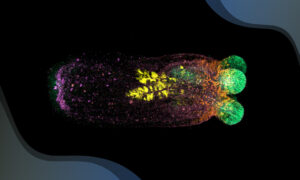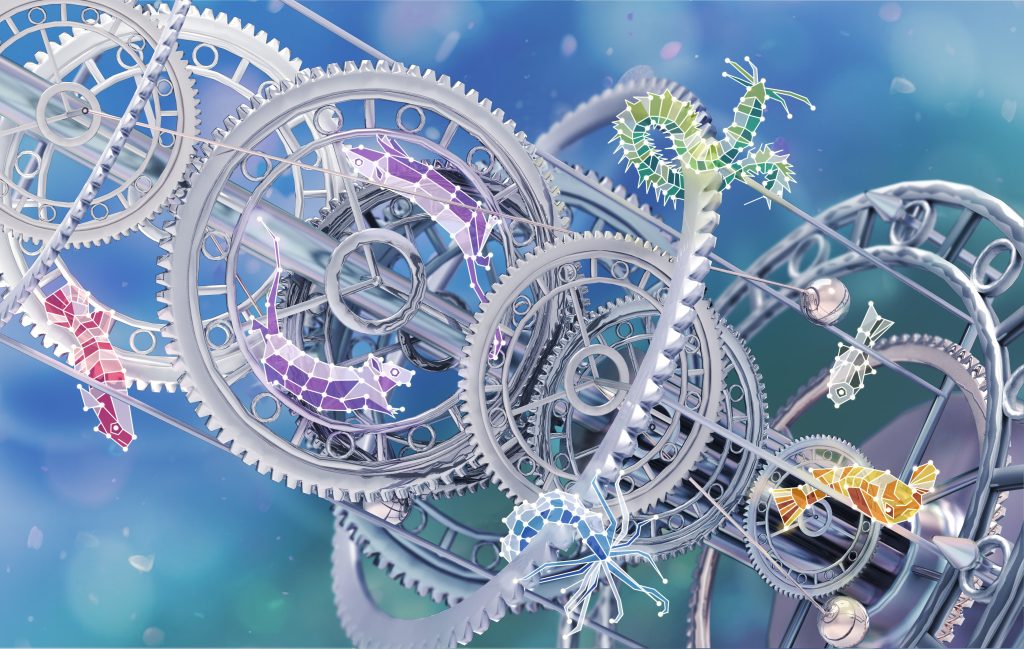Read the latest Issue
Insights into genetics of cleft lip
Scientists at EMBL Heidelberg have identified how a specific stretch of DNA controls far-off genes to influence the formation of the face. The study helps clarify the genetic causes of cleft lip and cleft palate, which are among the most common congenital malformations in humans.
Scientists at EMBL Heidelberg have identified how a specific stretch of DNA controls far-off genes to influence the formation of the face. The study, published in Nature Genetics, helps understand the genetic causes of cleft lip and cleft palate, which are among the most common congenital malformations in humans.
“This genomic region ultimately controls genes which determine how to build a face and genes which produce the basic materials needed to execute this plan”, says François Spitz, who led the work. “We think that this dual action explains why this region is linked to susceptibility to cleft lip or palate in humans.”
Previous studies had shown that variations in a large stretch of DNA are more frequent in people with cleft lip or cleft palate. But there are no genes in or around this DNA stretch, so it was unclear what its role might be. To answer this question, Spitz and colleagues genetically engineered mice to lack that stretch of DNA, as the mouse and human versions are very similar, and are therefore likely to have the same role in both species. They found that these genetically engineered mice had slight changes to the face – such as a shorter snout – and a few had cleft lips. The scientists also used this mouse model to look at what happened during embryonic development to lead to those changes.
“We found that this stretch of DNA contains regulatory elements that control the activity of a gene called Myc, which sits far away on the same chromosome,” Spitz explains, “and it exerts that control specifically in the cells that will form the upper lip.”

In the face of mouse embryos that lack this stretch of DNA, Myc becomes largely inactive. This affects two groups of genes: genes directly involved in building the face, and genes that make ribosomes, the cell’s protein-producing factories. The latter effect could make the developing upper lip more sensitive to other genetic conditions and to environmental factors – like smoking or drinking during pregnancy – that can influence cell growth. Making the face, and the upper lip in particular, are very complex processes, requiring different groups of cells in the embryo to grow and fuse with each other at the right time. If the cells involved have their protein production impaired, any additional burden could disrupt that growth, increasing the likelihood of a malformation like cleft palate. This increased susceptibility to a wide range of factors – both genetic and environmental – could be the link between variations in this stretch of DNA and the incidence of cleft lip.
The EMBL scientists would now like to use their genetically engineered mice to untangle the interplay between genetic and environmental factors, investigate how the enhancers in this stretch of DNA can control Myc across such a long distance, and determine the exact role of the genetic variants found in humans.
The study was performed in collaboration with John Marioni’s group at EMBL-European Bioinformatics Institute, who conducted the RNAseq analysis that yielded the list of genes affected.







